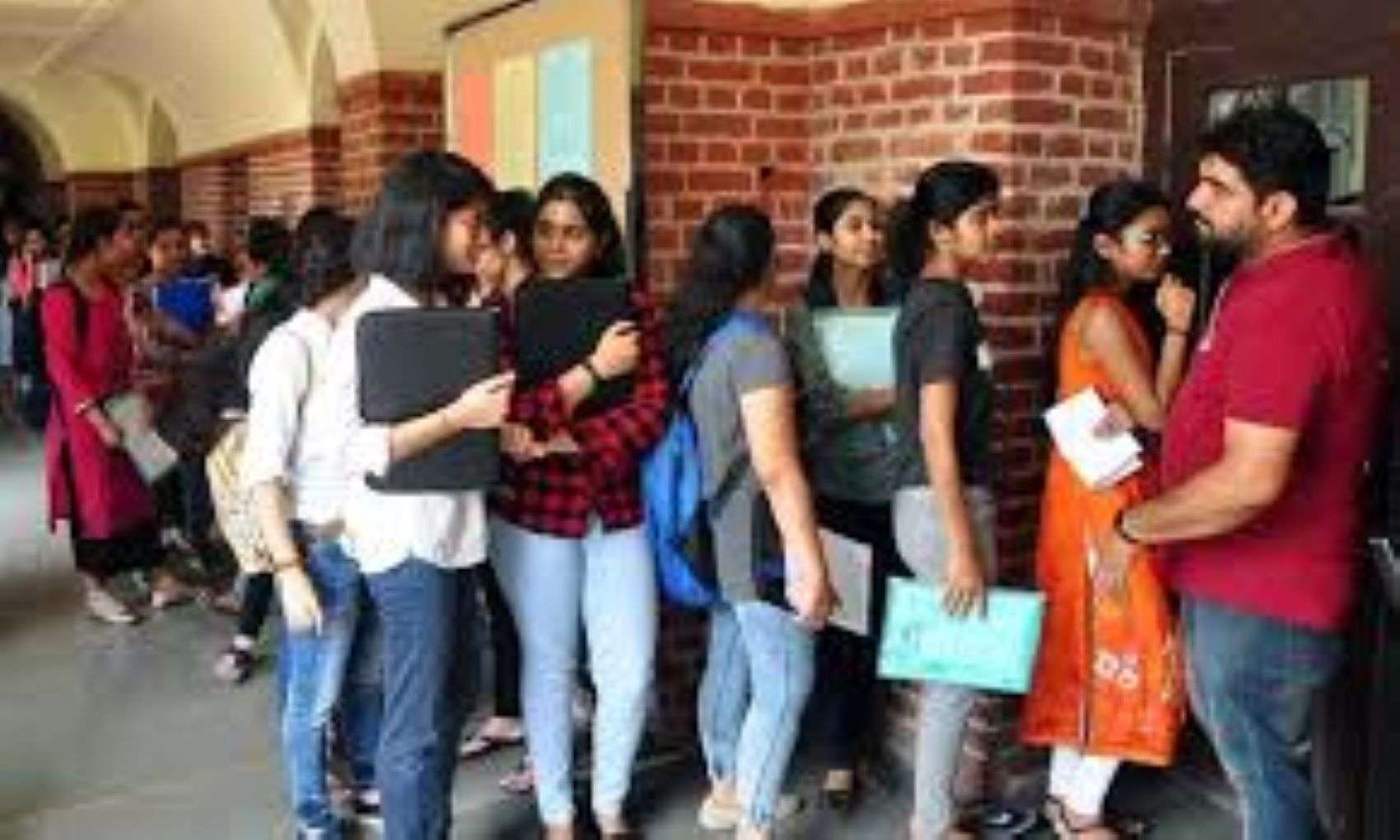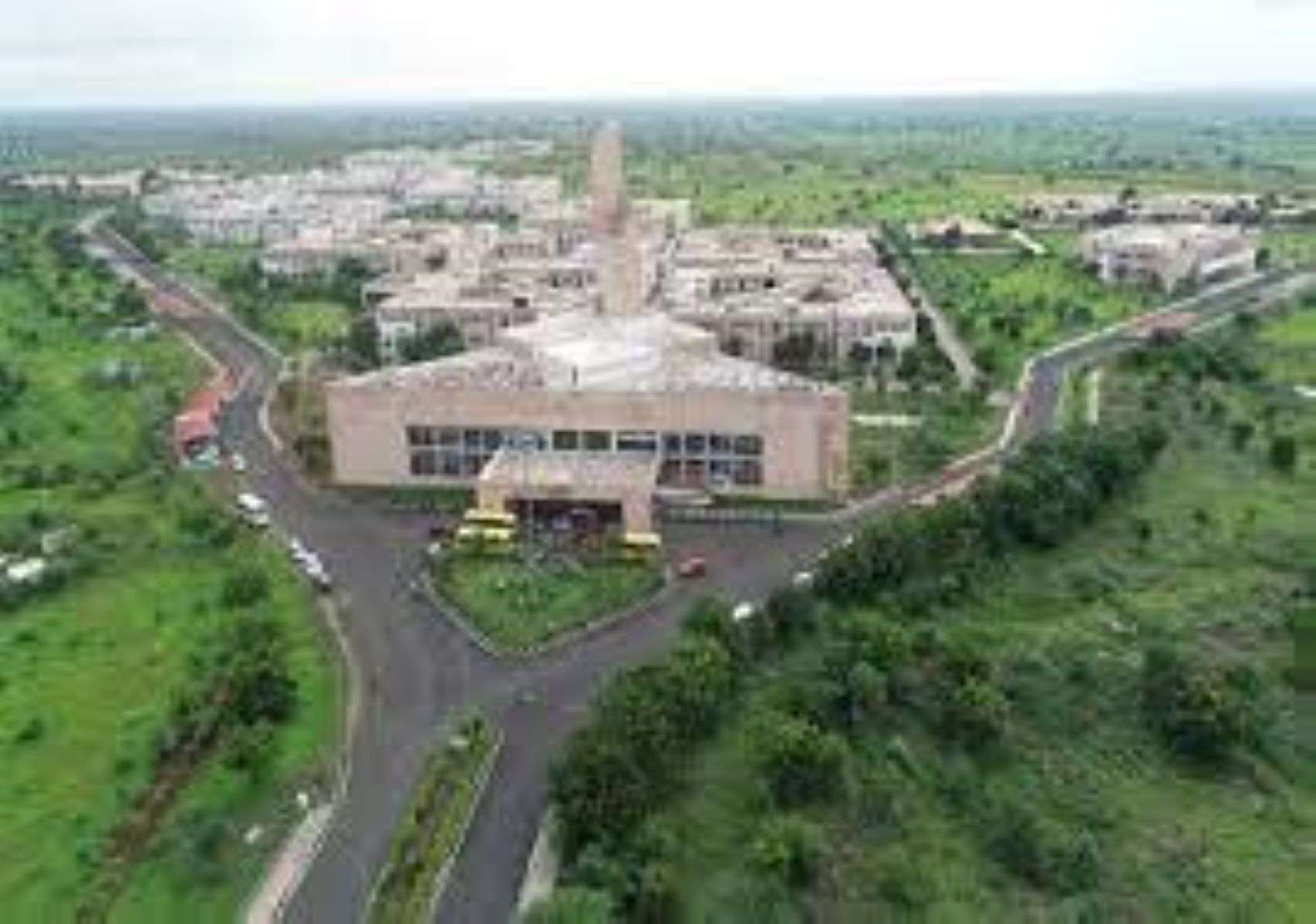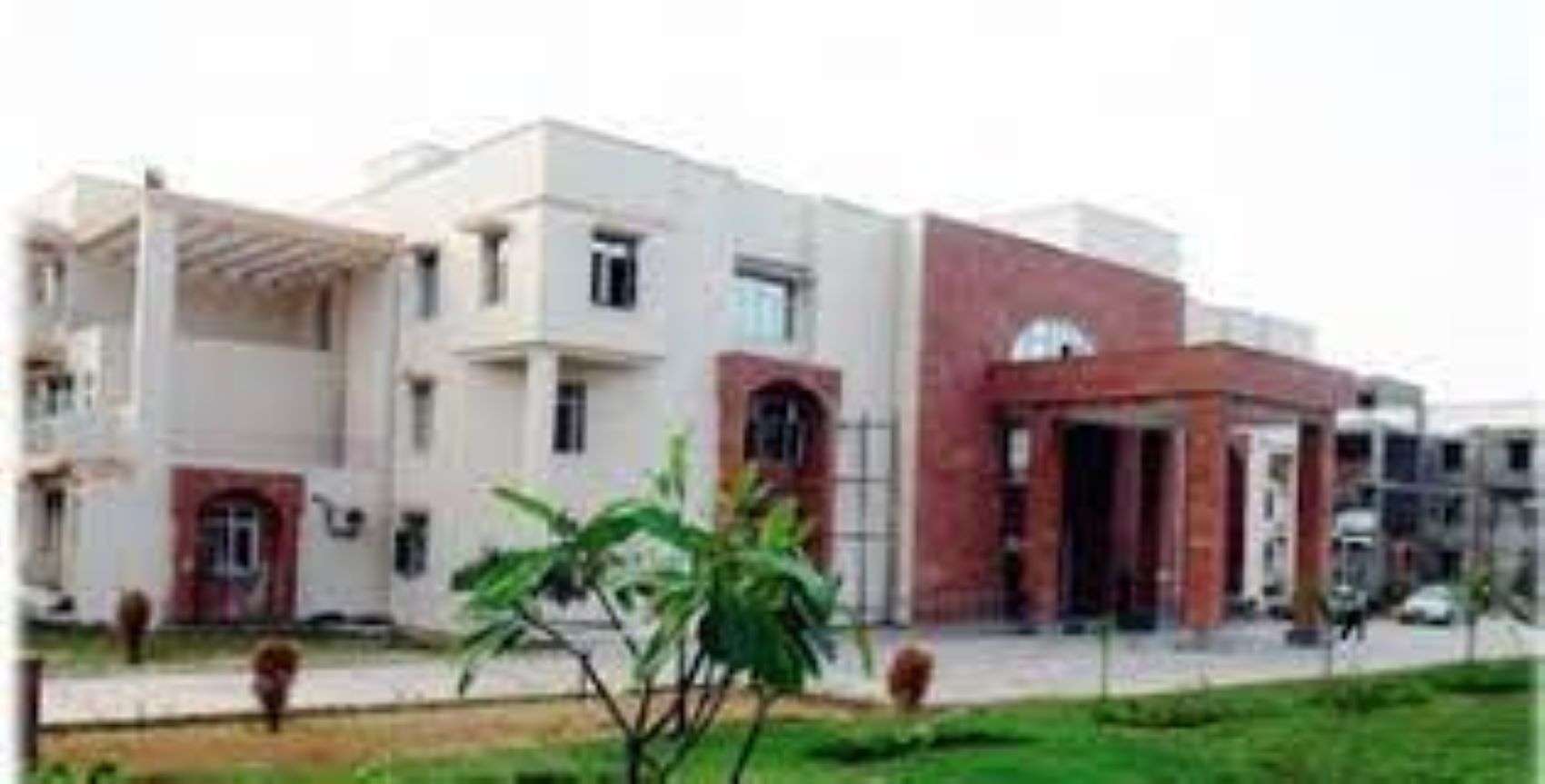The economic situation justifies an increase in public spending; the policy challenge is to minimize the decline in growth
- India’s growth in the first quarter of 2020-2021 at (-) 23.9% showed one of the highest contractions in the world. Global growth prospects for 2020 have been projected by various multilateral institutions and rating agencies, including that of India.
- India’s real GDP growth for 2020-2021 is expected to be between (-) 5.8% (Reserve Bank of India’s survey of professional forecasters) and (-) 14.8% (Goldman Sachs).
- The Organization for Economic Co-operation and Development (OECD), in its Interim Economic Outlook for September 2020, forecast a contraction of (-) 10.2% in FY21 for India.
- Annual projections also indicate a high likelihood that even nominal GDP growth will contract for 2020-2021.
- The latest data released by the Ministry of Statistics shows a consumer price index (CPI) inflation rate of 6.7% for August 2020.
- Average CPI inflation over the first five months of 2020-2021 is estimated at 6.6%.
- Given the periodic injection of liquidity into the system and inflation trends, the year as a whole could show CPI inflation close to 7%. Since inflation based on the deflator tends to be lower than the CPI, it can be around 5% or less.
- In fact, in the first quarter of 2020-2021, the GDP-based deflator was only 1.8%.
- If we take the OECD real GDP growth projection at (-) 10.2% and deflator-based inflation of around 5%, the implicit nominal GDP contraction is around (- ) 5.0% for 2020-21.
- It is true that some of us feel that at some point the economy might not be so bad because some key sectors such as agriculture and allied sectors, public administration, defense services and other services may work normally or better than normal considering the demand for health, rescue and reactivation costs.
- We even hoped that a small positive growth was possible. The recently released national income figures for the first quarter of 2020-2021 do not hold such hope.
- Most surprisingly in the data for the first quarter is that the sector “Public administration, defense and other services” contracted by (-) 10.3%.
- This means that there has been no fiscal stimulus. Independent estimates show that the state’s capital expenditure fell by 43.5%.
- The worsening budget deficit appears to be due to lower revenues rather than higher spending.
Erosion of income
- The political challenge for the remainder of the year is to minimize this strong dynamic of contraction in real and nominal growth. A sharp contraction in nominal GDP growth has very negative consequences on the prospects for central and state tax revenues, which may contract.
- In the first quarter of 2020-2021, the Centre’s gross tax revenue contracted by (-) 32.6% and data based on the CAG for 19 states shows a contraction of (-) 45% per se tax revenue.
- This implies a negative momentum of about 1.65 in the combined tax revenues of central and state governments in the first quarter.
- Given the negative impact of foreclosure, it is likely that even budgeted non-tax revenue will not be realized. The budget revenue calculations were made on the assumption that the country’s nominal income would increase by 10%.
- In view of a contraction in nominal growth, the fiscal revenues of the Center would show a considerable deficit compared to the budgeted amounts.
- Some estimates indicate that tax and non-tax income and non-debt capital income in the current fiscal year could be well below budget estimates by more than 5 lakh crore rupees.
- The combined budget deficit of the Center and the States must compensate for the deficit in fiscal and non-fiscal revenue, if the level of budgeted expenditure is to be maintained.
Fiscal deficit
- For the central government to maintain the level of budgeted spending and also provide additional stimulus measures, its budget deficit may need to increase to around 8.8 percent of GDP.
- This is a revised budget deficit estimated at around 4% of GDP due to a lower denominator value of GDP, plus 2.5% to compensate for the fiscal and non-fiscal revenue deficit plus 2.3% for additionality relative to budgeted expenditures in the already announced stimulus plan (including recently announced first batch of additional grant applications).
- If we add the central and state budget deficits, the combined budget deficit amounts to 13.8% of GDP. If nominal GDP actually contracts in 2020-2021, the budget deficit as a percentage of GDP would increase further.
- It also does not take into account any additionality to the loan for the compensation of the goods and services tax (GST). It should be noted that the relationship between the budget deficit and the Center’s GDP for the first quarter of 2021 was 17.4%. The Center’s fiscal year for the first four months of 2020-2021, as a percentage of the annual budget target, was 103.1%.
Limits to deficit
- How far can the budget deficit go?
- The International Monetary Fund, in its June 2020 World Economic Outlook update, estimated the budget deficits for India and China at 12.1% of GDP.
- All other countries except the United States and some others have a deficit smaller than this. The dollar as a reserve currency has its own advantages and this benefits the United States.
- Going back to India’s budget deficit, there are insufficient resources to support a budget deficit of almost 14% of GDP. All this, therefore, will require substantial support from the Reserve Bank of India, which will have to assume, directly or indirectly, part of the central government debt.
- In direct mode, the RBI takes debt directly from the government at an agreed rate. India has been a long time moving away from automatic debt monetization.
- This happened in the early 1990s. Even if the RBI wants to support loan programs, it shouldn’t do so directly. The indirect method is preferable because the market always sends signals about the interest rate.
- In both cases, the RBI is the provider of liquidity. The indirect route is not new. Ultimately, the question relates to the degree of debt monetization that can be undertaken. The country must also protect itself against high inflation.
- This Fisc is caught in a serious dilemma. The economic situation justifies an increase in public spending. The budget deficit will go well beyond the prescribed level, more than double the prescribed level. It must be accepted.
- It seems that governments are holding back spending. This is not the correct approach. At the same time, there is a limit to the monetization of debt.
- Perhaps the best solution would be to keep the combined budget deficit at around 14% of GDP for the current year and find ways to finance it. This will have to be gradually reduced. It can take several years of standardization.











More Stories
Registration for CLAT 2025 begins today; last date October 15
CLAT 2025 registration will begin on July 15
Delhi University 5 Year Law Programs Registration Begins